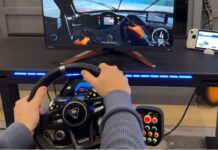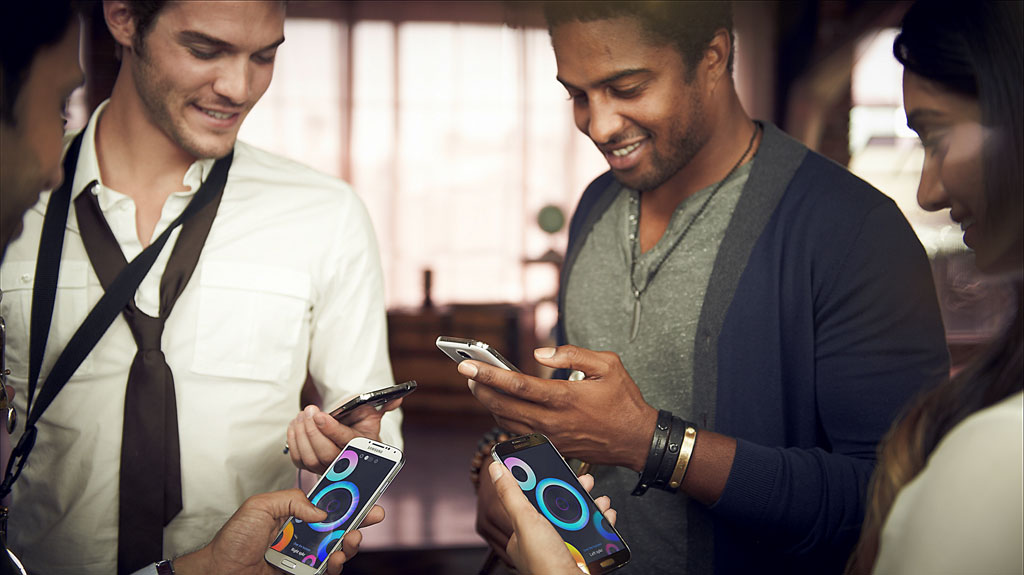
If you had to choose only one device to take with you, be it a smartphone, tablet or laptop, which would you go with? There is perhaps no more personal—or versatile—a device as a smartphone. I would argue that the increasing power, screen size and app selection make it hard not to consider it as the go-to choice above all others.
Granted, this is a subjective viewpoint. What device you choose does largely depend on what it is you’re looking to do. In my case, personally, I feel I need all three because my job requires that. But if it didn’t, what would I choose? I would have to say a smartphone because of everything I can do with it.
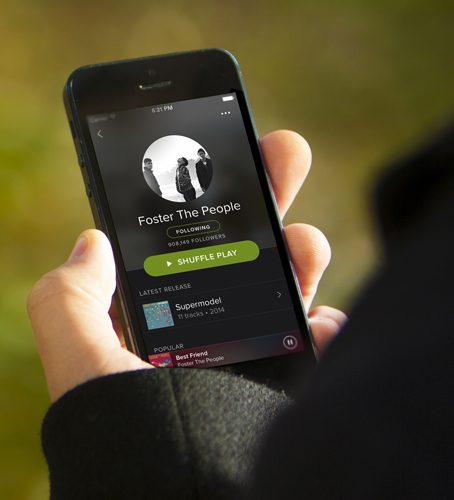 A digital Swiss Army knife
A digital Swiss Army knife
Consider for a moment what a cell phone was before it became “smart”. It was really all about calling, voice mail and (eventually) text messaging. BlackBerrys started to change that with unmatched email integration, and Windows-based PocketPCs (remember those?) tried to bring Office documents into the mix. The iPhone changed the game completely when it launched in 2007, but I would argue it was the debut of the App Store and 3G data connections in 2008 that changed the game forever.
Suddenly, the infusion of software in the form of downloadable apps altered a smartphone’s usability. I could know what song was playing in a club or bar, what restaurants were nearby in an unfamiliar city and play a variety of games anytime I wanted to. Going from a world of Windows and Mac OS X on computers, it’s been iOS and Android that have become the dominant mobile platforms currently, with BlackBerry and Windows Phone distantly behind.
Moore’s Law has been particularly relevant in the smartphone space in the last five years. Processor speeds, memory, internal storage and camera sensors have increased in capability to the point where the phone is a computer in your pocket. The fact it can do so much on its own or in tandem with accessories speaks to how expansive a smartphone’s footprint really is.
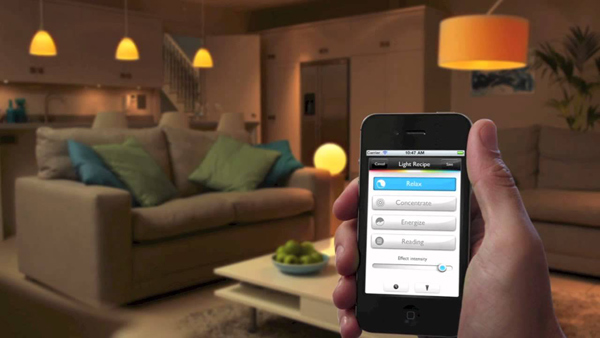 A jack of all trades
A jack of all trades
I used to like carrying around a compact digital camera on outings or when attending an event, but haven’t done so in a long time. When I felt like smartphones were good enough for point-and-shoot images, I just stuck to that. Since I know how to use a camera, I could also make use of different camera apps that offer some manual features to tinker with shutter speed, ISO and metering. Instagram may have helped make filters popular, but they existed on smartphones long before through other apps.
I can now edit photos beyond just applying filters using apps like Photoshop Mobile, Camera+, Enlight or Snapseed. I could turn photos and video into cartoons, or apply movie special effects. This kind of range is easily found on computers, but since a majority of photos may already be stored on my phone, I could always take a little time to play around with editing tools.
I used to have an iPod or other non-Apple music player, but there’s no need for that anymore. On top of the gigabytes of music I have stored, I also stream music regularly from at least a half dozen apps. I also use equalizer apps to sonically enhance the music I already own. I connect my phone to my car and listen to whatever music I want, when I want. In effect, my music library is always with me at home and on the road — even more so when I have an Internet connection.
I do some of my banking on my phone. I control the LED lights in my home with my phone. I play retro games from the 80s and 90s on my phone. I learn how to cook a certain meal or mix a certain drink with my phone. I identify a bottle of wine and who has it in stock with my phone. I stream movies, TV shows and sports. I can diagnose my car’s health, fly a drone, video chat with a friend or relative and gain some contextual information during a workout at the gym. And if I need to, I can use a map to navigate where I’m going.
Of course, some of these features require a hardware accessory, but that’s okay. Functionality is what matters, and as long as the combination works seamlessly, it’s easy to buy in.
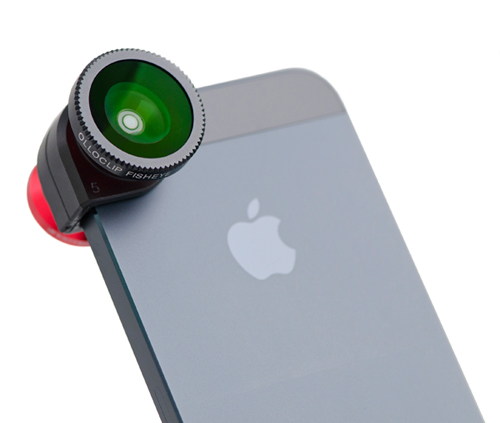 A wider net for the future
A wider net for the future
Mobile payments will be the next major evolution for smartphones. The ability to use your phone as a digital wallet promises to be a game-changer, though we’re not quite there yet. Sure, you can manage money using banking apps, you can send money to others and some merchants accept payment via services like PayPal. But when it gets to the point where a simple wave of the phone pays for a cup of coffee in a few seconds, that’s when the convenience will truly settle in.
The power inside a smartphone could conceivably run a laptop, so we may eventually enter an era where laptop screens are “dummies” that run off the phone itself. Or tablets could eventually fill that role attached to keyboards.
Creating vs. consuming content
If you tend to write a lot for your job, as I do, a smartphone may not be enough. I’m referring to the difference between creating and consuming content. For example, snapping photos and video clips on a phone is easy, just as it is to view content from another source. It’s when a larger screen becomes imperative to getting the job done right that the phone becomes a collaborative device for your project. I may take notes with my phone when at a press conference or product showcase, but I never liked the idea of typing out an entire article on my phone — even if it has a 6-inch display.
Everyone is different and with different needs. I find, however, that between a smartphone, tablet and laptop, it’s the smartphone that is most ubiquitous in keeping people connected. That’s the one device that is in hand far more often than anything else. It’s also the device that is upgraded more often, setting the tone for the other two categories. Things have changed pretty dramatically from the days of 2G data connections, 3.5-inch screens and 4GB of internal storage. Everything is getting bigger now, except for some of the components inside. It’s a classic case of doing a lot more with less.
You may be interested in reading the other articles in this series:
Smartphone, tablet or laptop? The case for choosing a laptop as your sole device
Smartphone, tablet or laptop? The case for choosing a tablet as your sole device


